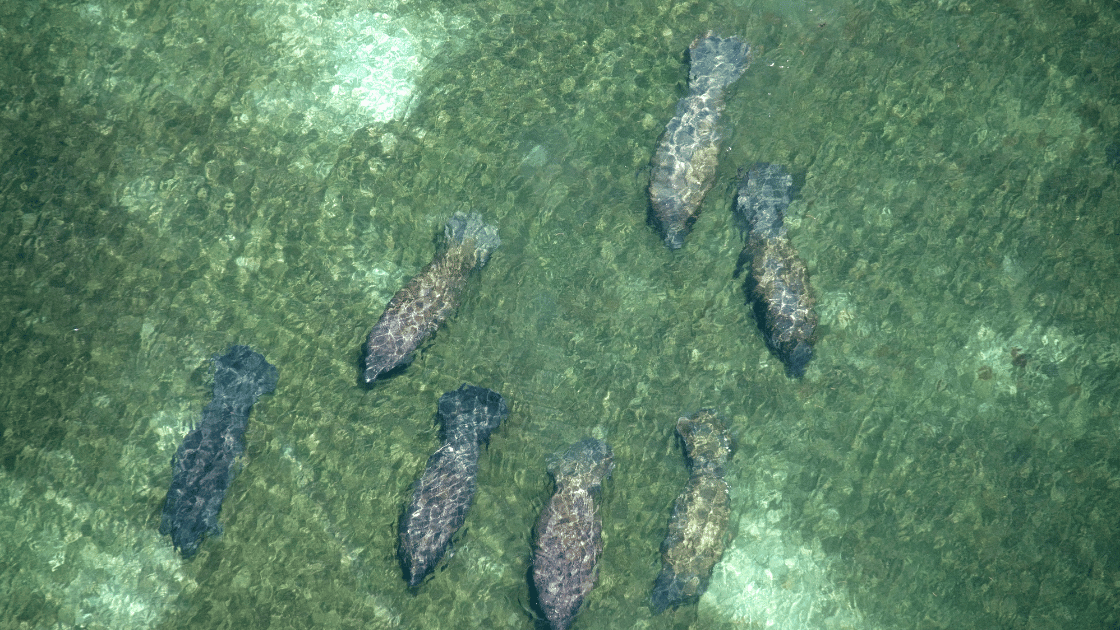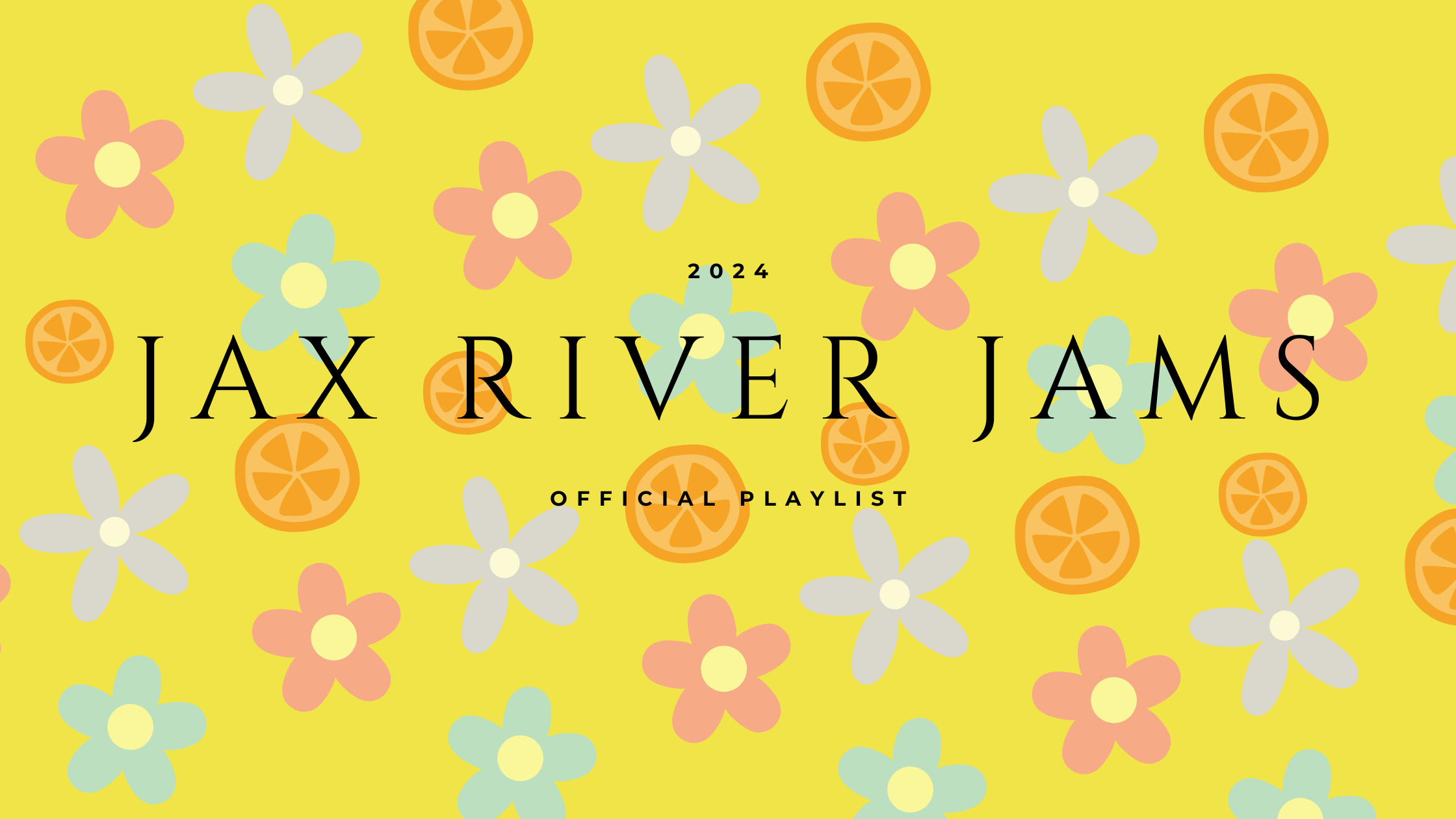While investigating here in Mayport Village, or what I like to call, Lil’ Town Mayport, I saw an old sign that needs some updates. Here are those updates
The St. Johns River, meandering gracefully through the heart of Florida, is not just a waterway—it’s a haven for a variety of wildlife, including the majestic manatees. These gentle giants, also known as sea cows, are an iconic symbol of the state’s rich ecological diversity and a beloved sight for locals and tourists alike.

A Brief Introduction to Manatees
Manatees, scientifically classified as Trichechus manatus, are large, fully aquatic mammals with rotund bodies and paddle-like flippers. These herbivores can weigh up to 1,200 kilograms (2,600 pounds) and reach lengths of over three meters (10 feet). Despite their size, they are remarkably gentle creatures, with a slow-moving and docile demeanor.
Habitat and Behavior
The warm, shallow waters of the St. Johns River provide an ideal habitat for manatees, offering abundant vegetation and a sanctuary from predators. Manatees are primarily herbivorous, feeding on a variety of aquatic plants such as sea grasses and algae. They are known to graze for up to eight hours a day, consuming around 10-15% of their body weight in vegetation.
Manatees are highly social animals, often forming loose aggregations in areas with ample food and favorable conditions. They communicate through a series of vocalizations and tactile interactions, using their sensitive whiskers and flippers to navigate their surroundings and communicate with one another.

Conservation Challenges
Despite their placid nature, manatees face numerous threats to their survival, primarily due to human activities. Collisions with watercraft, habitat loss, pollution, and entanglement in fishing gear are among the leading causes of manatee injuries and fatalities. As a result, manatees are classified as vulnerable by the International Union for Conservation of Nature (IUCN), with populations facing ongoing declines in some regions.
Efforts to protect manatees and their habitat include the establishment of sanctuaries, speed zones for boats, and educational outreach programs to raise awareness about the importance of conservation. Researchers and conservationists work tirelessly to monitor manatee populations, rehabilitate injured individuals, and advocate for policies that promote their welfare.
Ecotourism and Education
The presence of manatees in the St. Johns River has also sparked a thriving ecotourism industry, with visitors flocking to the area for a chance to observe these magnificent creatures in their natural habitat. Boat tours, kayaking excursions, and guided walks offer opportunities for people of all ages to learn about manatees and their role in the ecosystem.

Educational programs in schools and community centers further promote awareness and appreciation for manatees, inspiring future generations to become stewards of the environment. By fostering a deeper connection with these marine mammals, communities can work together to ensure their continued survival for generations to come.
The St. Johns River is not just a waterway—it’s a vital lifeline for the manatees that call it home. As stewards of this precious ecosystem, it is our responsibility to protect and preserve the habitat upon which these gentle giants depend. By supporting conservation efforts, practicing responsible boating habits, and promoting environmental education, we can ensure that future generations will have the opportunity to marvel at the beauty of these magnificent creatures for years to come.
Discover more from Properly Palmer
Subscribe to get the latest posts sent to your email.





